Staying Fit

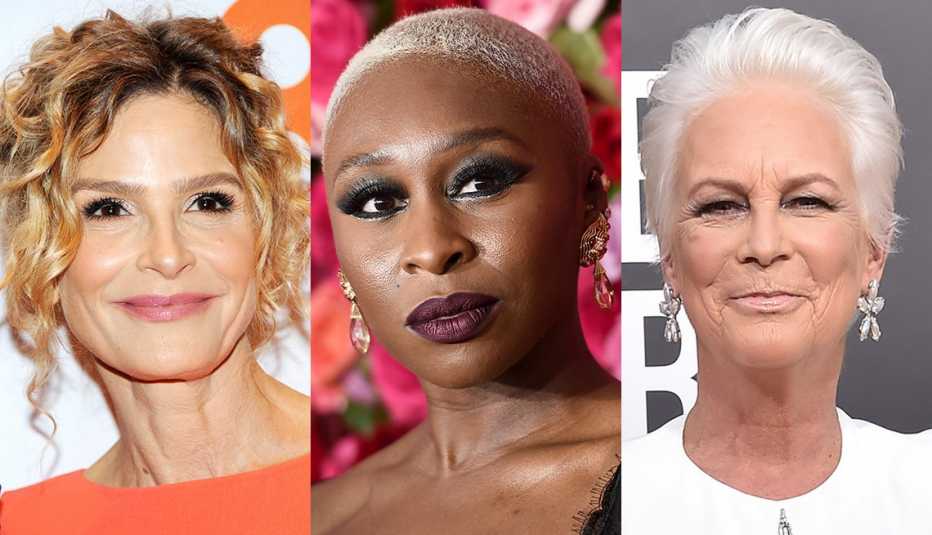
So, let’s cut to the chase. You’ve been merrily using a blow-dryer or flat or heat-curling iron on your hair daily … and that’s on top of coloring, highlighting, relaxing or straightening? I’m not surprised your hair feels like cotton candy, looks like straw and is breaking and thinning, because I’ve been there, too. And let me clue you in: Celebs are not immune to hair havoc, either. Their frequent style and color changes often hide mishaps. Here’s a rehab plan that works for us all.


AARP Membership— $12 for your first year when you sign up for Automatic Renewal
Get instant access to members-only products and hundreds of discounts, a free second membership, and a subscription to AARP the Magazine.
1. Make a big cut
For long hair devotees, the ends are the oldest and most-damaged part since they’ve been exposed to heat and chemicals for years. Splits start at the bottom and travel like a zipper up toward the scalp. Don’t panic: This doesn’t mean a pixie cut (but check tip No. 4, anyway!). A generous trim — at least three inches — or snipping to a long bob (aka lob) keeps the long-hair feeling, but with a fresher look.

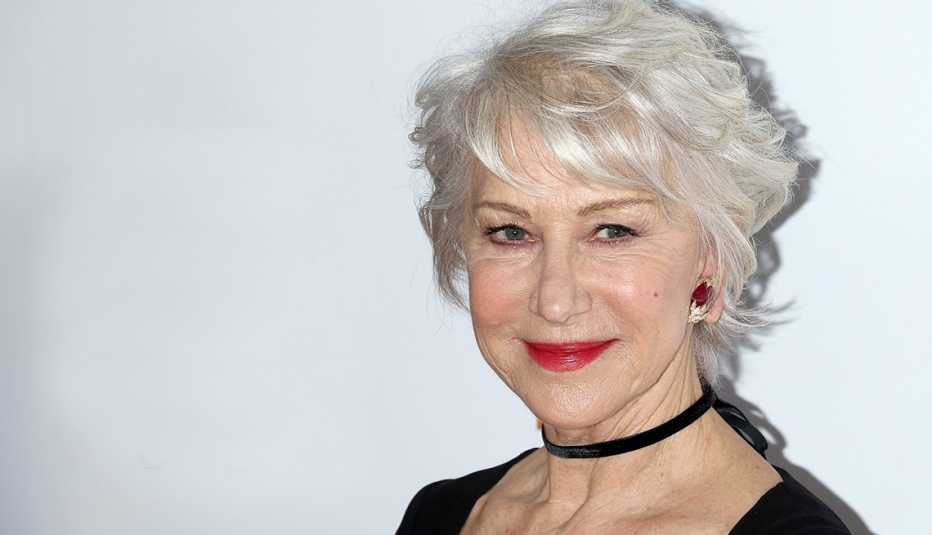
2. Add layers to disguise breakage
When severe damage is causing funky layers or shorter chunks at the back of your head or around your face, go with it. The best bet may be to layer up more for a shaggy, choppy medium style with extra volume, movement and texture. In addition to bobs and lobs, shags are trendy again, so this solution is smart and fashionable.


3. Cut long feathery or side-swept bangs
Bangs instantly clean up dead ends and breakage around the hairline. Since the look requires frequent trims, this part of your hair will show healthy regrowth first. Bangs also create a thicker illusion for those whose hair quality has been compromised by thinning due to excessive heat and color.
Maybe you’ve been eyeing the cropped blond styles on (from left) Cynthia Erivo, Brigitte Nielsen or Tilda Swinton. If you want high-drama color, a short cut enables you to stick with major intensity but keep a healthy hair and scalp routine, thanks to frequent snips. It’s not for everyone, but if you’re ready for a gutsy change go for it. Even a color-free gray or white short, tousled crop is a hair-health booster. Just keep the style a little tousled, messy and broken up for a sexy cool grownup effect like Jamie Lee Curtis (right).





























































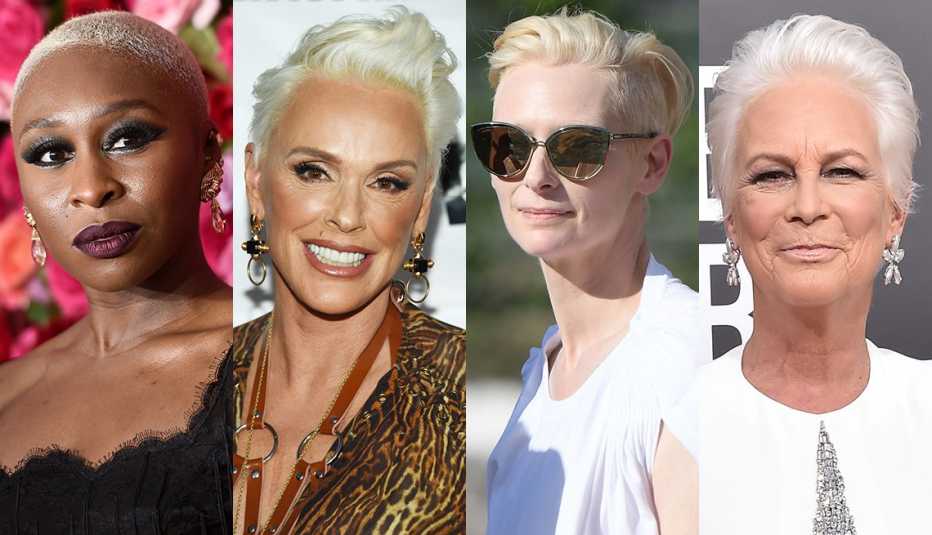
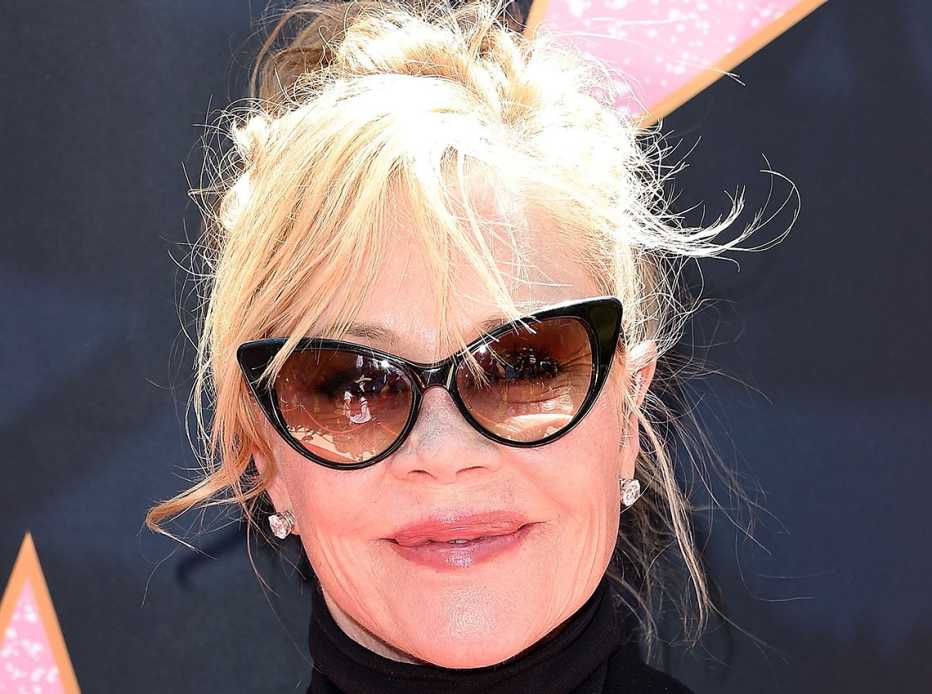
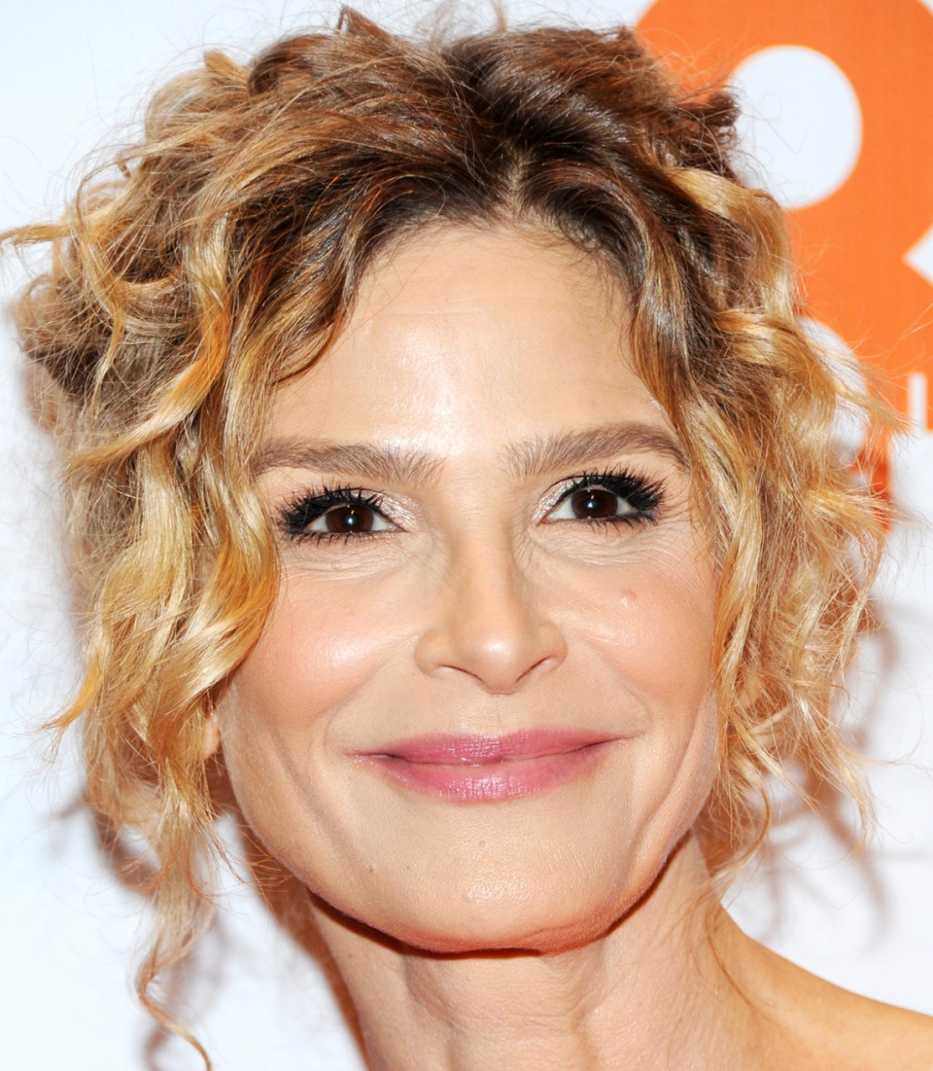
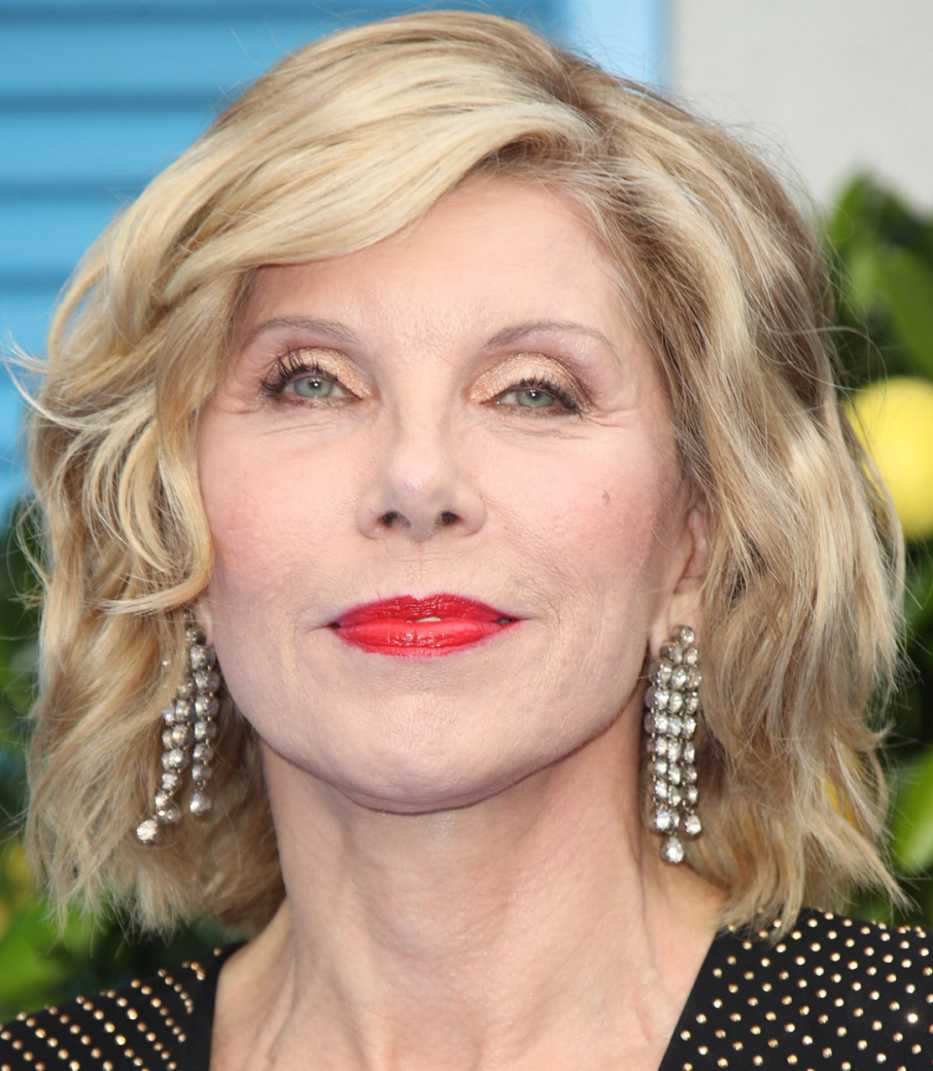




More on Entertainment
10 Hairstyles That Never Age
Classic looks that are always cutting edge10 Haircuts You Won’t Regret
Bangs, bobs, lobs and all the latest head-turning styles10 Cool Hairstyles for Grownups
Make the most of your locks with the perfect cut and shape